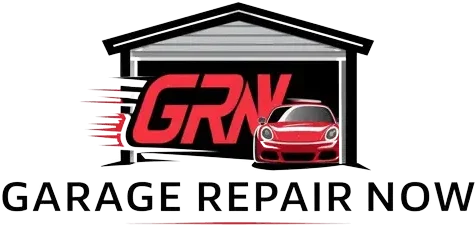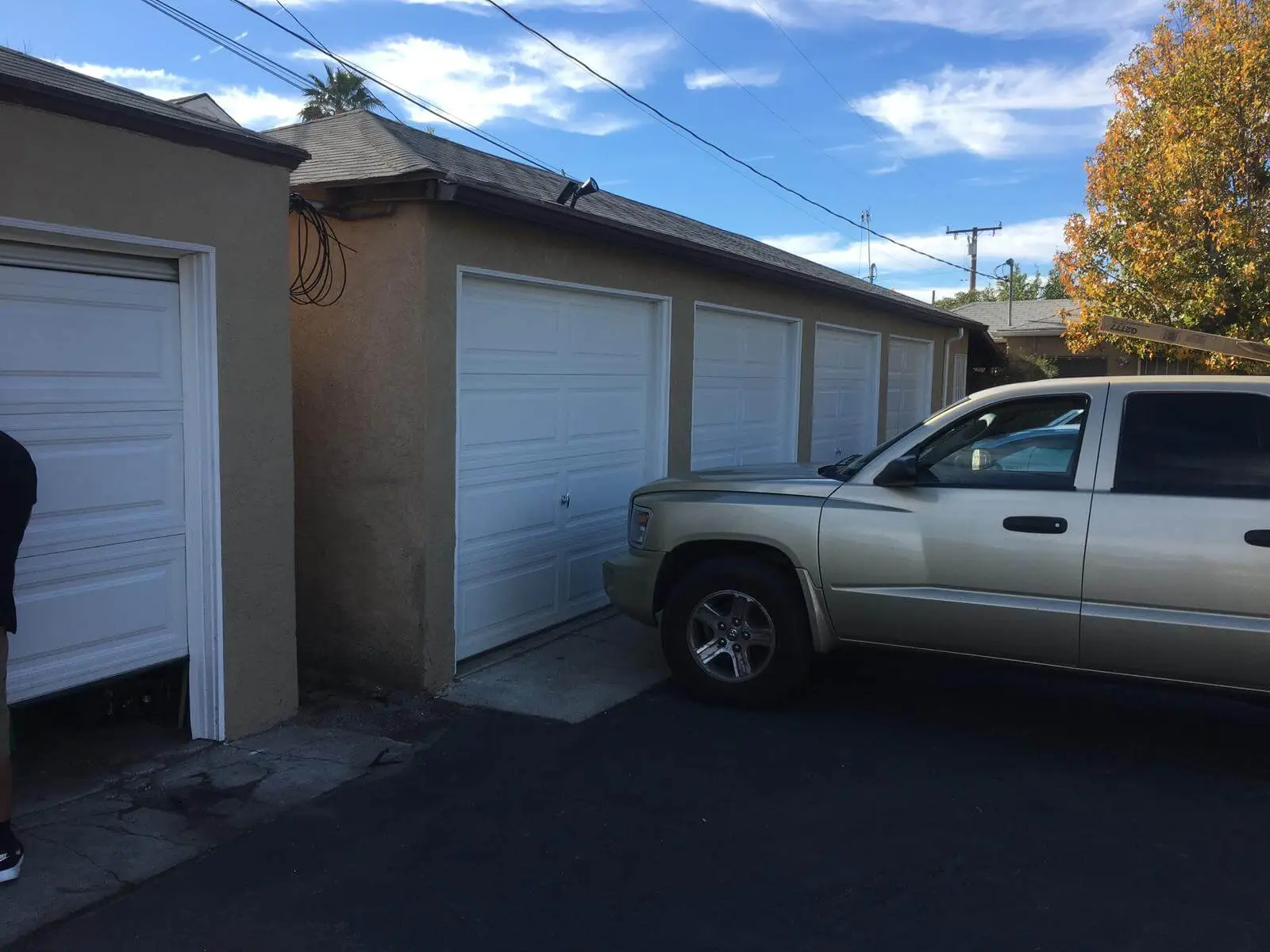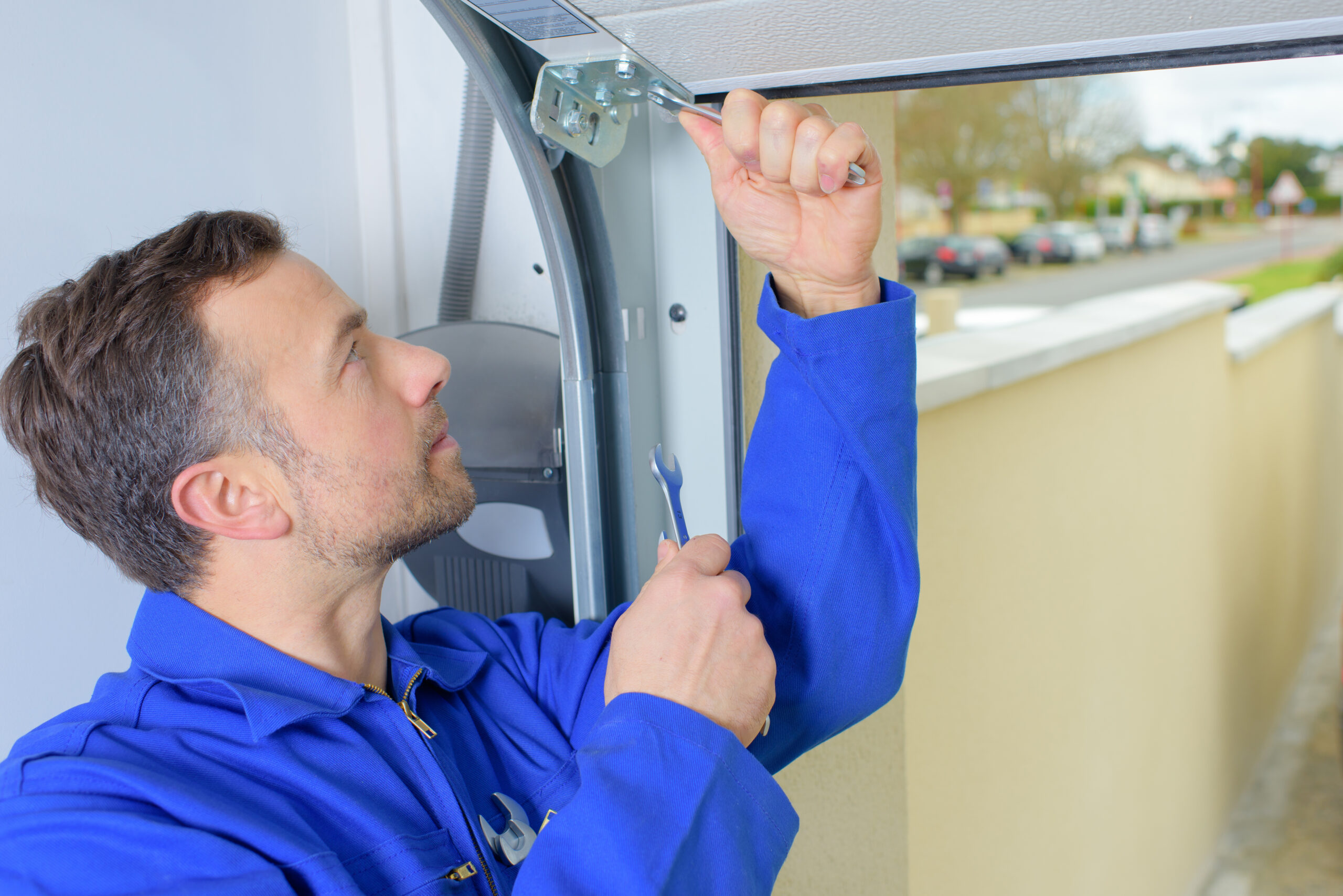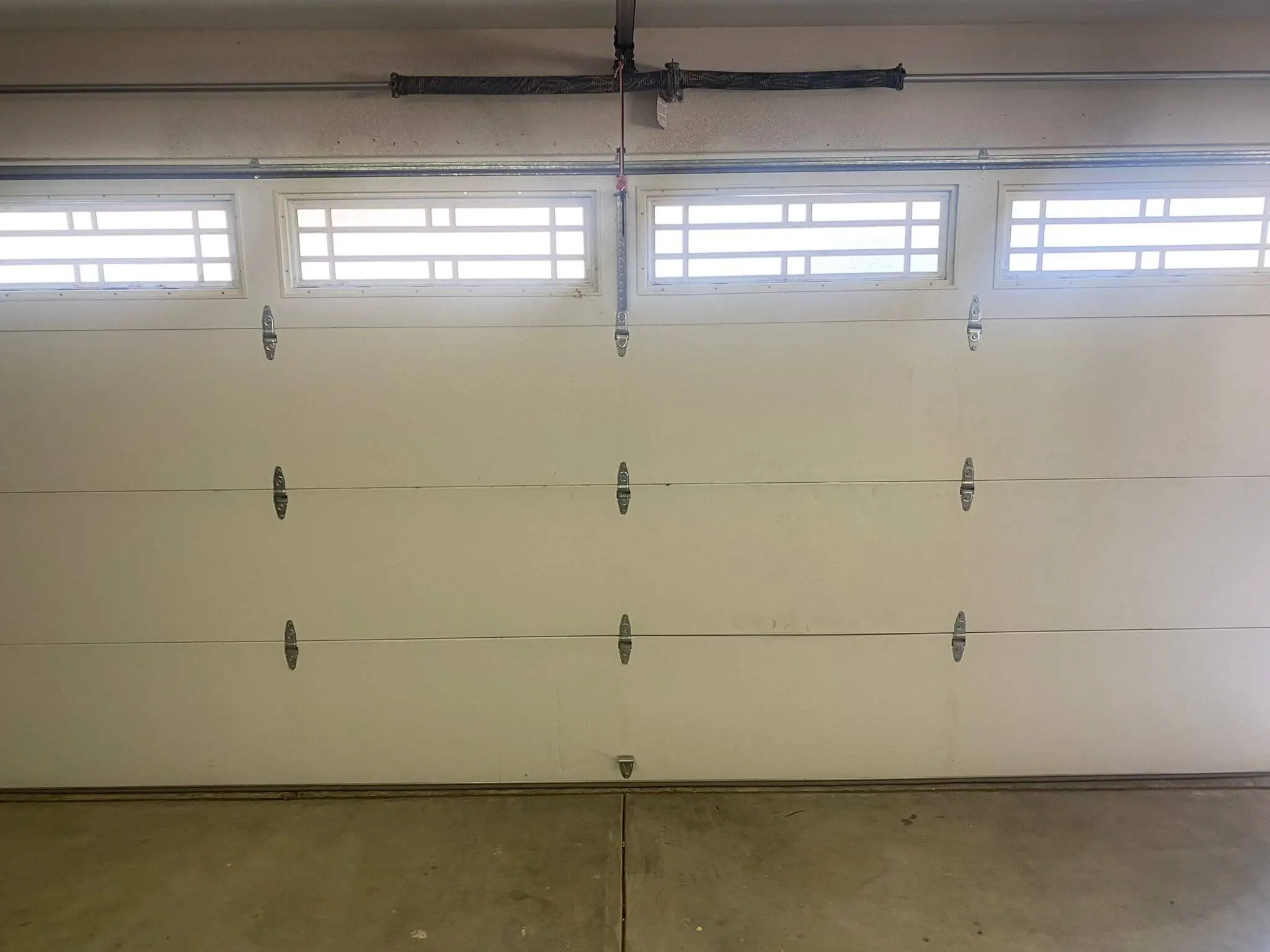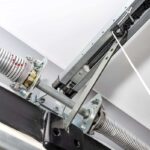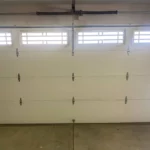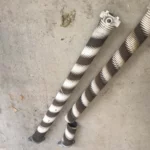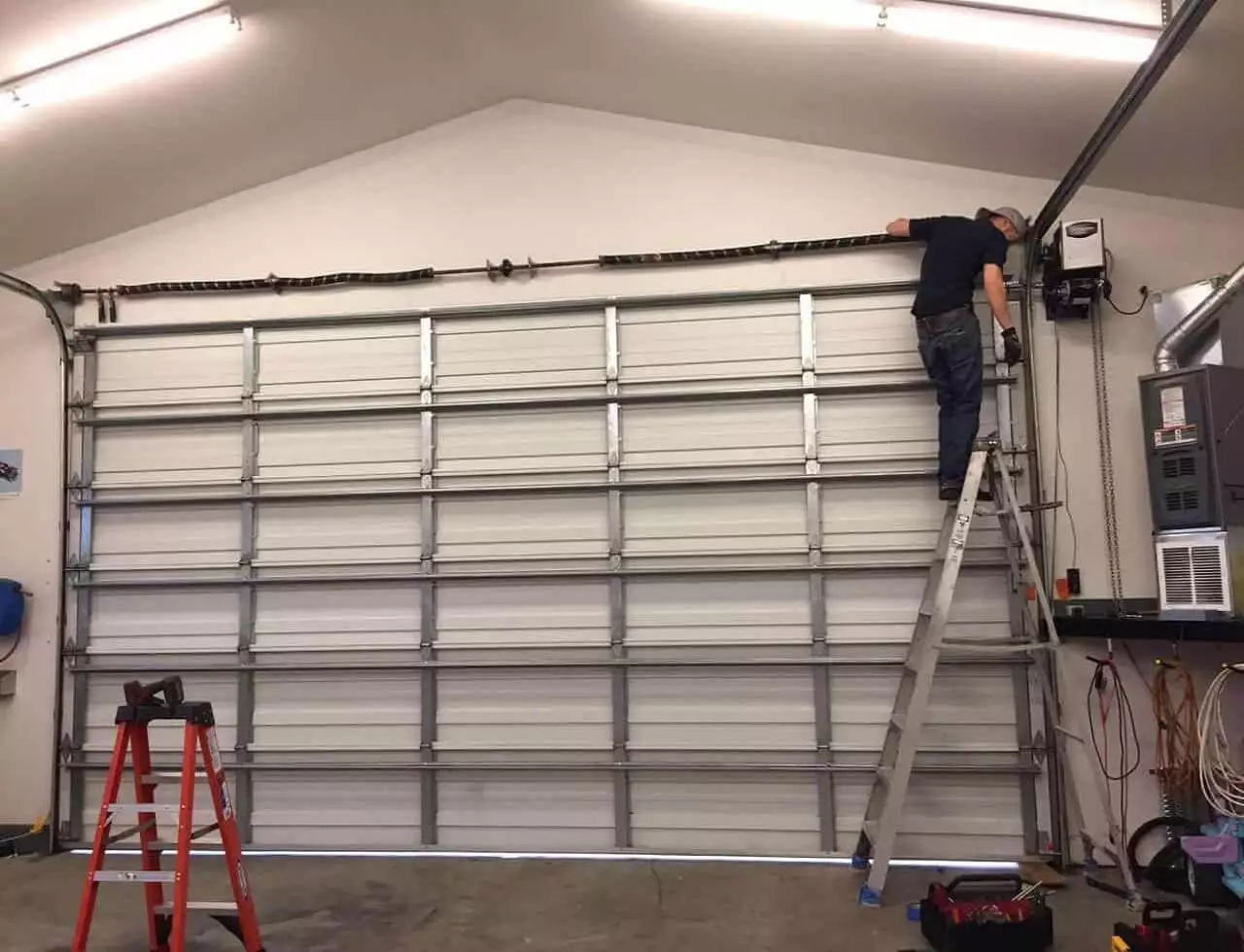Know the Different Types of Garage Door Springs and How to Replace Them Safely
A garage door is one of the most used items in any home. Over time, the springs that help lift and lower the door will start to show signs of wear and tear. Knowing the different types of springs and how to safely replace them is important for all homeowners.
While small repairs can be handled yourself, it’s always best to call in a professional like Right on time Garage door San Antonio for any major work on springs that have reached the end of their usable life.
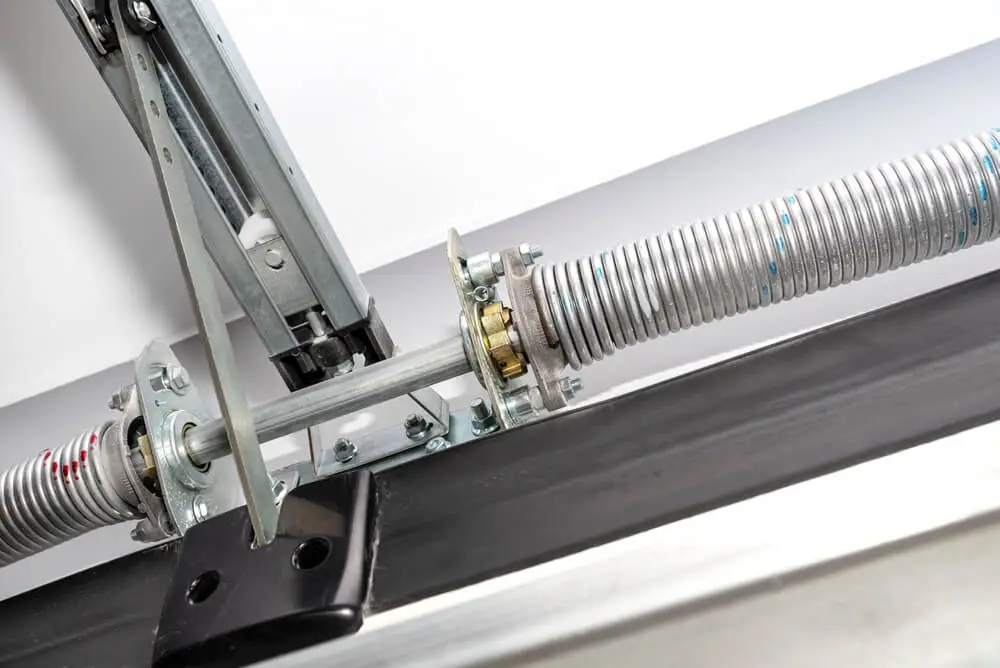
There are two main types of springs used in garage door systems – torsion springs and extension springs. Let’s take a closer look at each:
Content
Torsion Springs
Torsion springs are the most common type used for garage doors that are operated by an electric garage door opener. These horizontal springs are located above the garage door, one on each side. They work by coiling and uncoiling to help lift the heavy door panels.
Over time and with constant usage, torsion springs will weaken and lose their springiness. Common signs include needing more force to open/close the door, the door drifting down when half open, or the springs making unusual sounds. Replacing both springs at the same time is recommended for safety and proper functioning.
Extension Springs
Older garage door models or manually operated doors use extension springs. You’ll find one (or sometimes two) of these vertical springs on each side of the door, on the wall or ceiling, to balance out the weight of the panels.
Extension springs last 10-15 years on average before needing replacement. Some warning signs are broken cords/cables, the door sticking or binding during operation, gaps appearing where the panels meet, or visible rust/wear. Due to the tension, replacing extension springs requires extra caution.
Safety Tips for Replacing Torsion Springs
Since torsion springs are under high tension, always take the necessary precautions:
- Wear sturdy gloves and safety goggles to avoid injury in case the springs break or slip.
- Use a heavy rope attached to both ends of the spring to take tension off safely before removal. Have an assistant hold it in place.
- Secure any loosened coils to the wall with a clamp to prevent whipping if the rope slips.
- Only remove one spring at a time and don’t stand directly in front of them. Replace with identical springs rated for the door’s weight.
- Use proper winding bars, tools, and procedures as outlined by the manufacturer. Too much or too little tension can damage the door assembly.
- Consider calling professional to replace torsion springs, especially for extra heavy doors, to avoid potential injury. Their experience ensures a safe and proper installation.
Safety Tips for Replacing Extension Springs
Some key safety steps when replacing extension springs include:
- Wear protective gloves and eyewear for your hands and eyes. Keep others away from the work area.
- Loosen the locking pliers holding tension on the old spring so it can unwind slowly, preventing it from snapping off uncontrolled.
- Mark where the end coils attach to determine the proper tension on the new spring.
- Attach locking pliers firmly on the new spring before unwinding to prevent it from unraveling under tension.
- Gradually unwind the spring only a quarter coil at a time while reattaching to prevent whipping.
- Double check tension by lifting the door manually once complete before operating electrically.
- For rusty or brittle springs prone to breaking, it’s best to leave the job to Electric Gate Repair San Antonio to avoid injury from flying spring coils.
Spring replacement takes some skill to do safely. Don’t hesitate to hire the experts at a local garage door company for assessment and assistance if you have any concerns about handling deteriorated torsion or extension springs by yourself.
Their services provide peace of mind that springs are replaced safely and properly to restore full functionality to your garage door system. With the right maintenance and timely repairs, garage doors and their springs can last many years with regular use.

Frank’s toolbox is his best friend. He’s the repair maestro who can fix any garage hiccup, making your life hassle-free.
